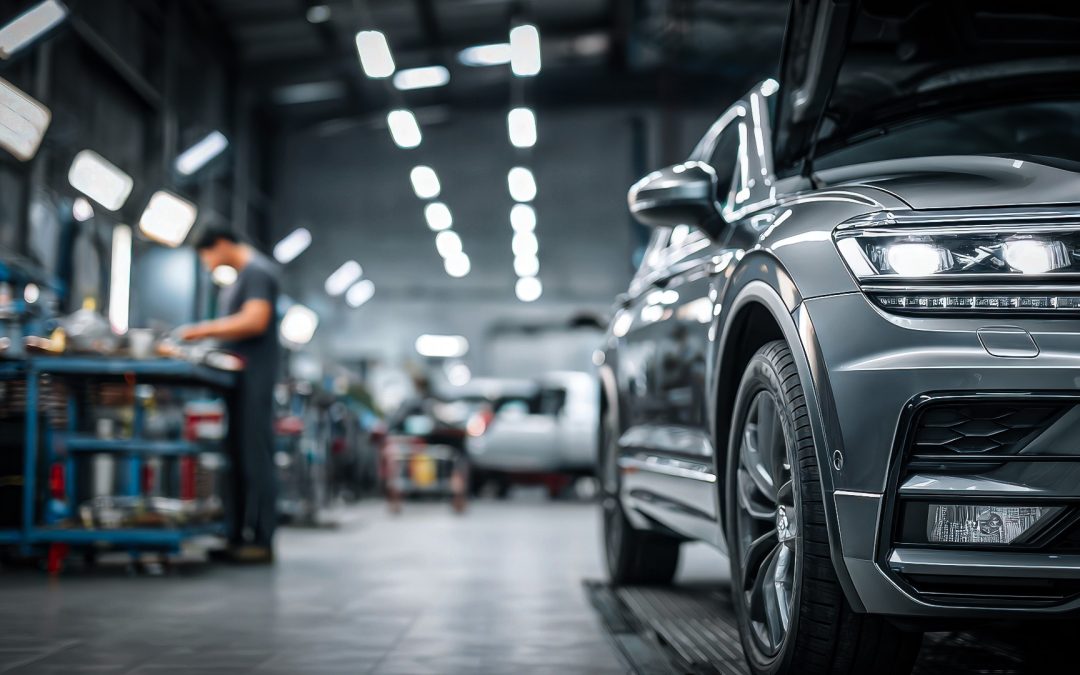Using your shop’s Cost of Doing Business (CODB) as a baseline for labor rates.

The truck and SUV have never been more prolific than they are today. These vehicles need remarkably different tires depending on a few different factors. Be honest: are you selective about what tire you offer your customers who qualify as “fringe cases?”
P-series tires (passenger) originally went on cars, and LT-series (light truck) went on… well, you guessed it, I’m sure. But the lines are blurred. A Chevy Suburban is sure built to haul people, but it may well be built on a 2500-series truck chassis.
And a Ford Maverick sure is a light truck, but at only 3,700 pounds, does it really need the same pair of sneakers? Here are a few questions you can ask yourself or your customer to get the right tires under a vehicle.
The additional plies in LT tires can help with puncture resistance in parts of the country with chert (shale) or cholla cactus spines. Look at the wear on the existing tires; if the edges of the blocks are soft and torn, you know that vehicle is spending time off road. The higher pressures demanded by LT tires, though, can often hurt traction when fitted to lighter vehicles that can’t put good weight over the contact patches.
A three-quarter-ton van with plumbing supply shelves bolted permanently in the back is punishing the tires day in and day out, and the sprinkler fittings don’t care about a rough ride. A small SUV that occasionally hauls some children to after school activities is a different animal entirely even though the tire sizes might be similar or the same.
Walk around back and see if there’s a hitch on the vehicle. If not, P-series it is. If there is a tow package, see if the paint is still in the hitch or pin hole.
Heck of a lot of difference between a 45’ cabin cruiser and a 13’ bass boat with an electric trolling motor. Same goes for RVs—a pop-up and a fifth-wheel ain’t even close.
If there are ten-ply load range “E” tires on there now and the owner hates the rough ride… well, that’s an easy choice, isn’t it?
LT-series tires often have more tread to start with—maybe 4 or 5/32”. Life will be extended in almost all circumstances, but that extra height can lead to a squishy feeling if the driver tries oversteer-induced powerslides in a 3500 van.
That same 3500 van probably has no insulation whatsoever in it. It’s a metal beer can on wheels. Everything sounds loud in there. It’s a work truck, and the driver probably doesn’t care. For the Escalade driver, however, a nice quiet P-series tire is almost always going to be the winner in the P/LT debate.
The vehicle placard in the door is still king, but if you have a customer looking for different ride characteristics, some of these questions in your contact with the customer might help you sell the right tire—and gain a repeat customer.
The articles and other content contained on this site may contain links to third party websites. By clicking them, you consent to Dorman’s Website Use Agreement.
Participation in this forum is subject to Dorman’s Website Terms & Conditions. Please read our Comment Policy before commenting.